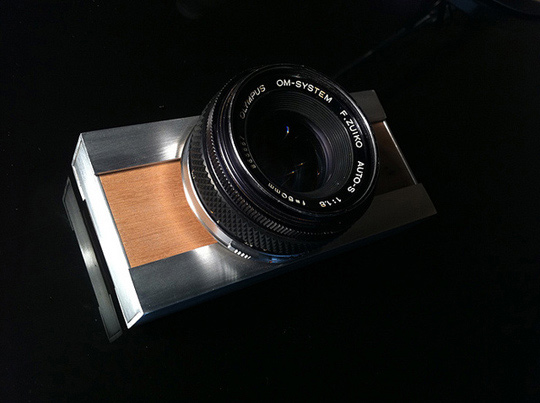
There are several digital apps that can help you create your Lomography look-a-like images but nothing beats this hands-on project to achieve a similar analog, lo-fi images with lots of character. You can even pair it with a vast array of OM Series SLR lenses or use an adapter for other glass from different manufacturers.
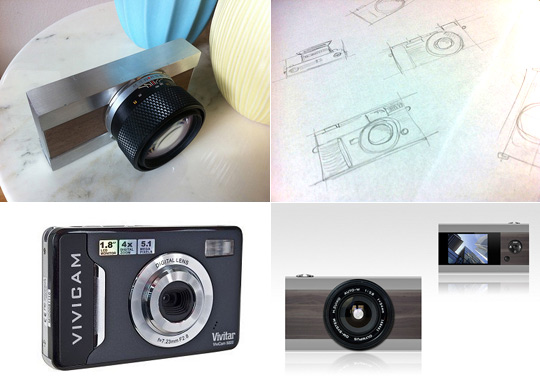
We wanted to create our own digital lomography camera. Using walnut, hand polished aluminum frame and all the guts of a craptastic 5 megapixel vivitar vivicam. For lenses, we will use Olympus OM series interchangeable lenses, like the new breed of compact digital cameras.
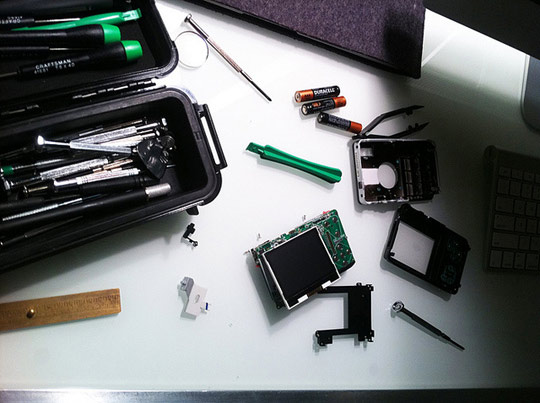
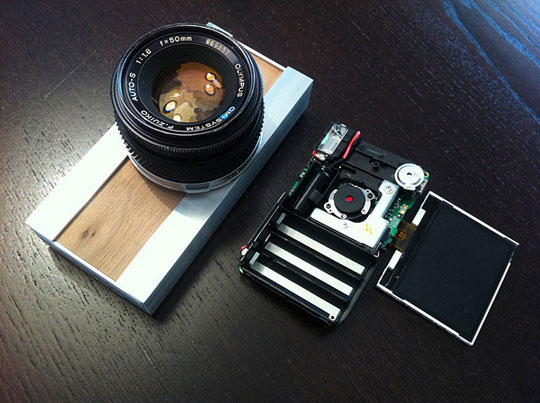
From concept to pre-final product... We created this rendering to have an idea of the final concept, the materials and proportions. We think we succeeded replicating the rendering into a working prototype.
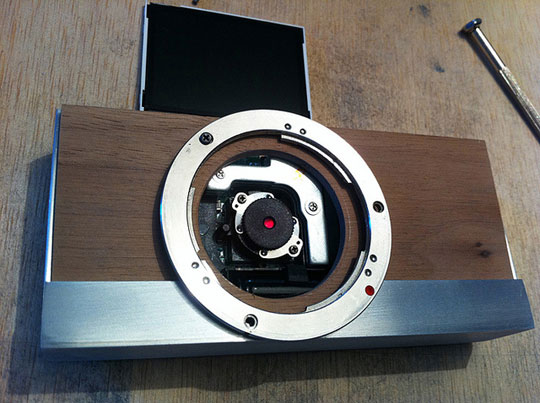
The materials used are black walnut, hand rubbed aluminum, a real SLR lens and adaptor. This build is based on craftmanship first and functionality later... kind of like a working concept. We just wished more industrial designers did this, instead of just renderings... It's a totally different approach to design and you can figure a lot of stuff out as you go.
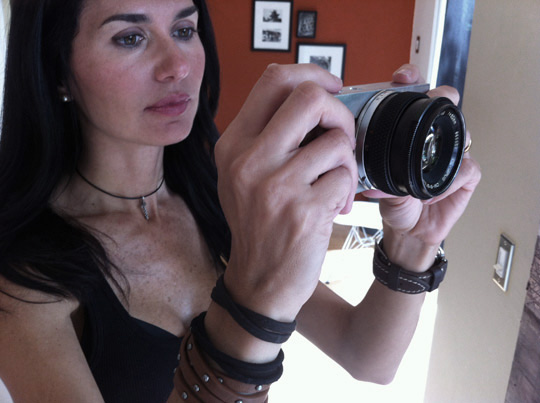
As a donor, we used a Vivitar Vivicam 5025. It needed to be gutted in order to being able to fit all the internals inside the tiny 0.75" frame. A new battery pack had to be ordered instead of using the standard AAA batteries, so we could enjoy more room inside.
Using off the shelf components made this built "relatively easy" since we did several trips to Lowes and Home Depot.
Cutting aluminum is not fun with hand tools. We screwed some parts and have to re-do them a couple of times but by the third time we were becoming experts in cutting and finishing!
We used screws to secure the frame and the bottom part of the frame needs to be removed to change batteries and remove the SD card. A port is being made now to recharge the batteries via micro USB cable and the use of EyeWiFi card will make this procedure easier in the near future.
What about the pictures?
Well, with the blessing of the whole concept of Lomography, the DigiLomo Camera takes lo-fidelity images with lots of blurring, out of focus, shallow depth field and color aberrations/light leaks... but that was the whole purpose on the project. We weren't aiming for megapixel count or image sharpness; what we wanted was a nostalgic feel, almost like a polaroid picture, where you never now what you are going to get.
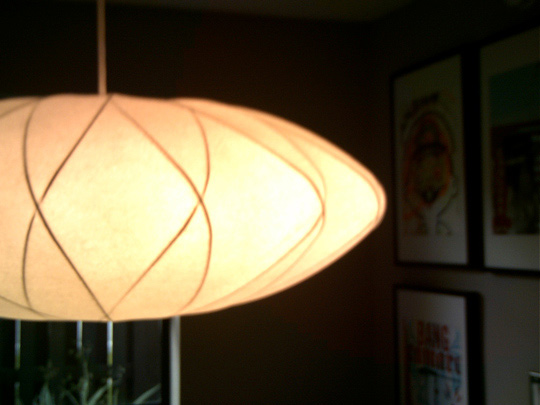
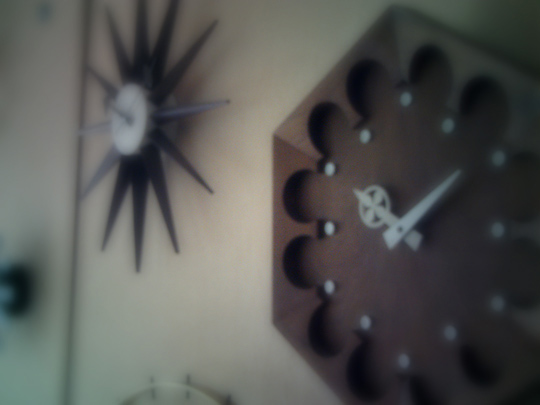
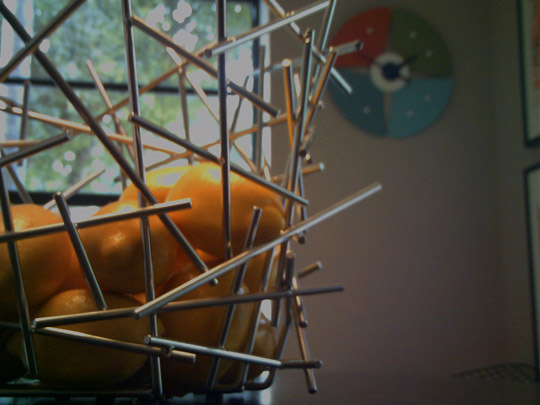
In the future, we are going to experiment more with filters and lenses/adaptors to see what else we can generate out of our DIY DigiLomo camera.























